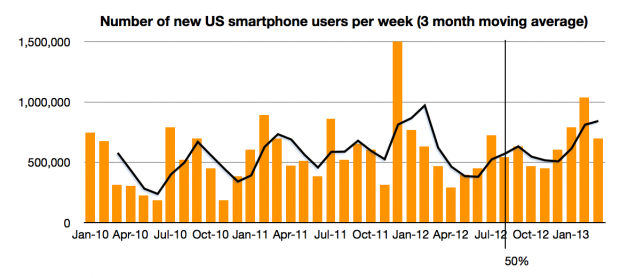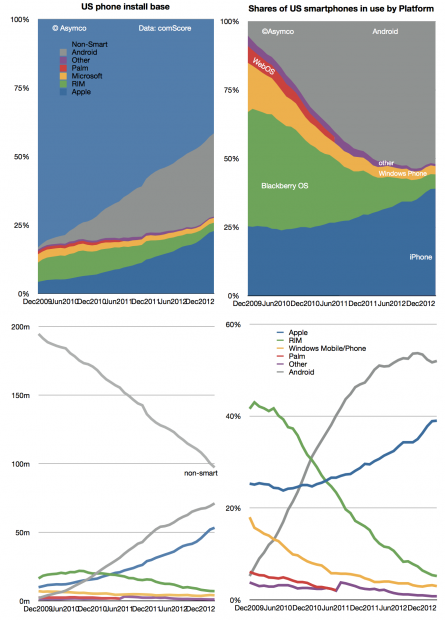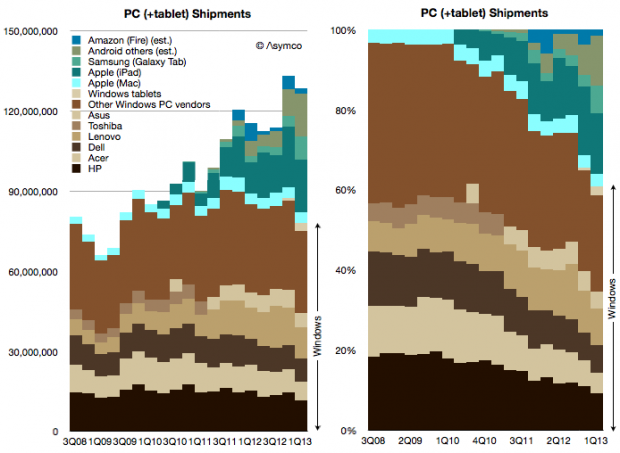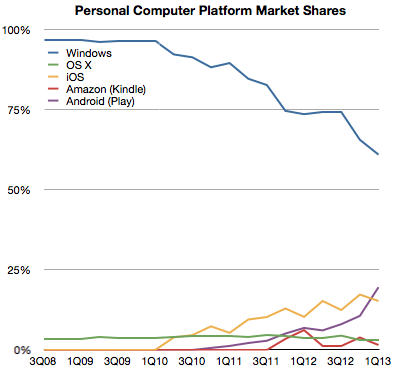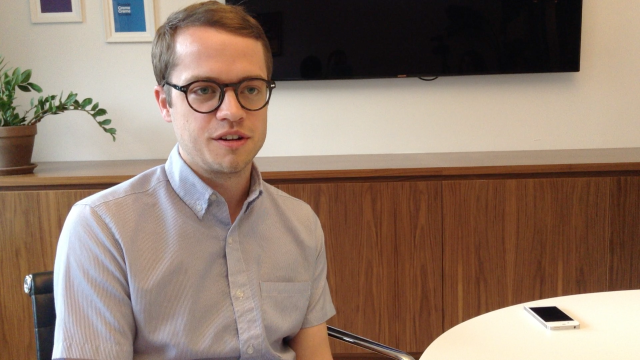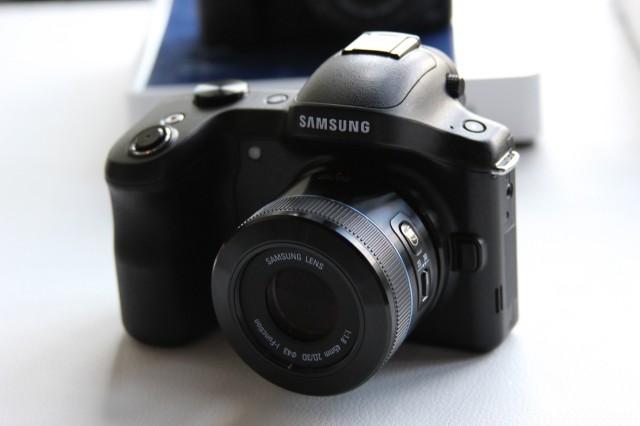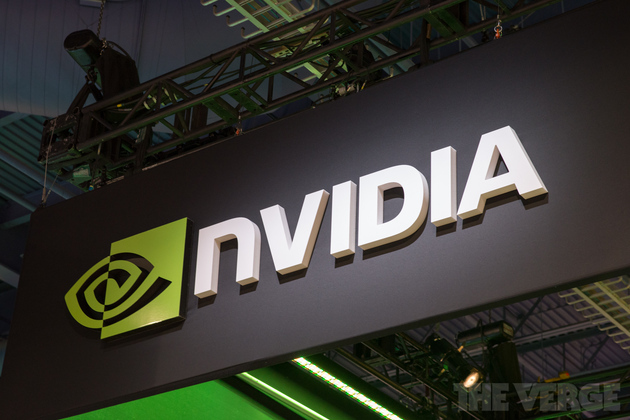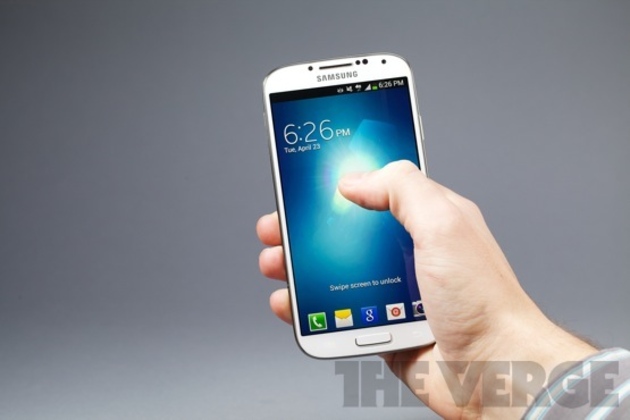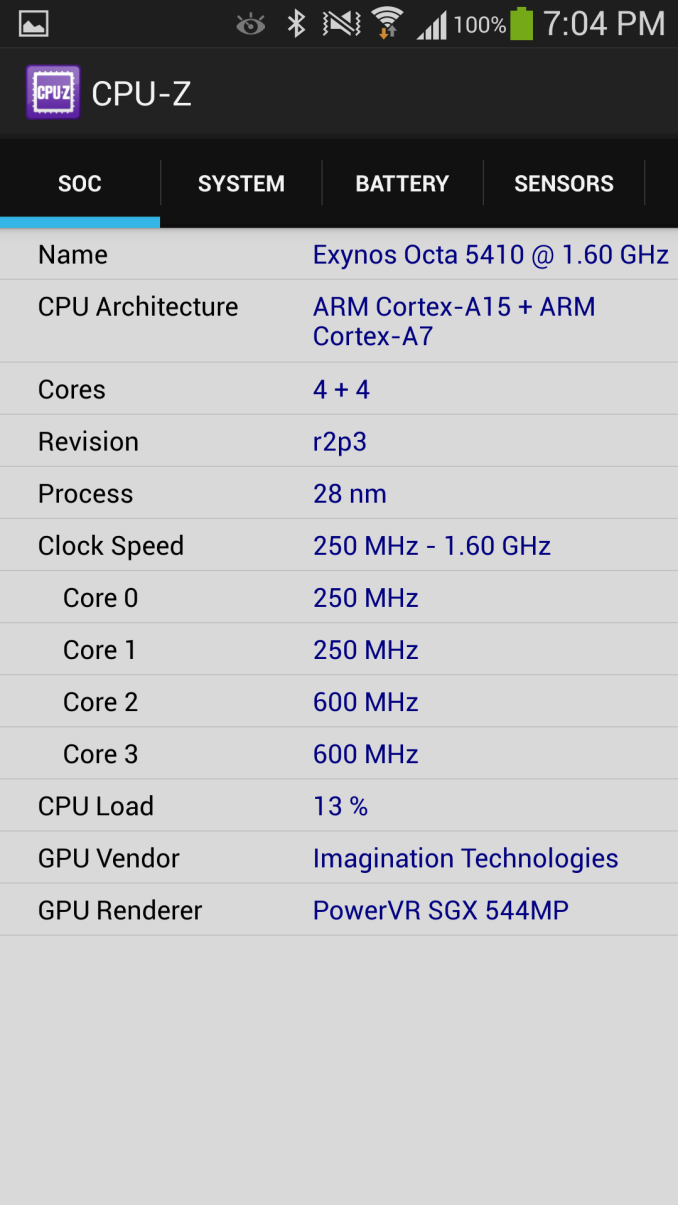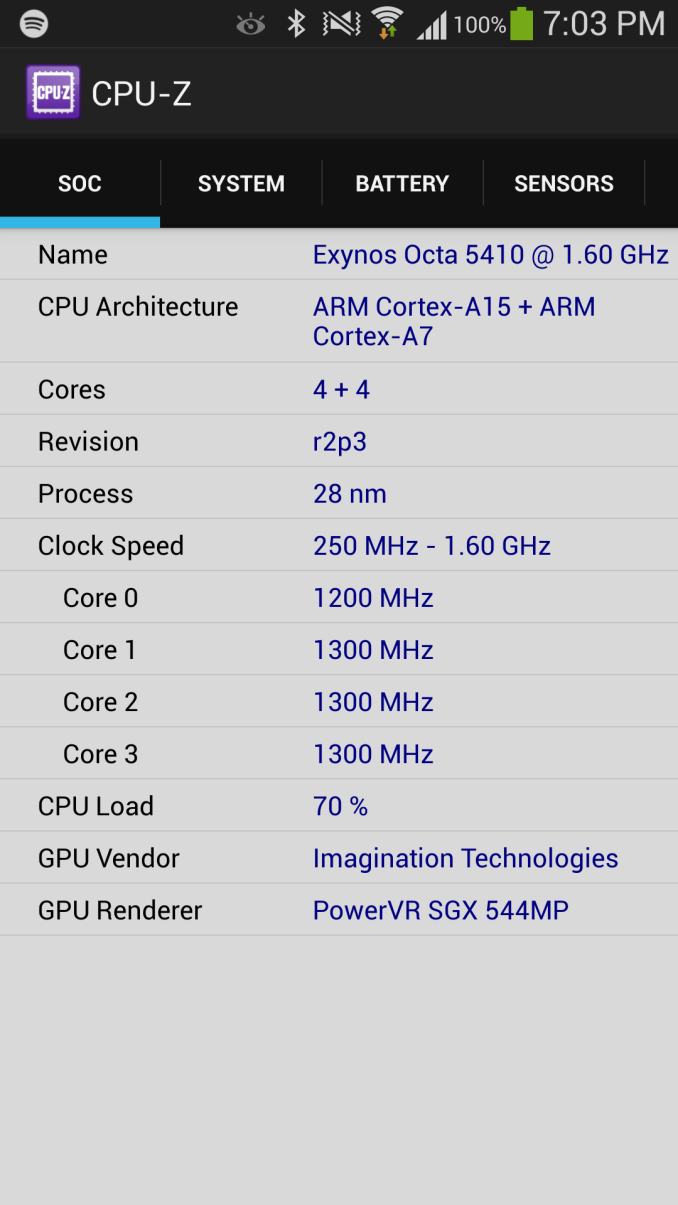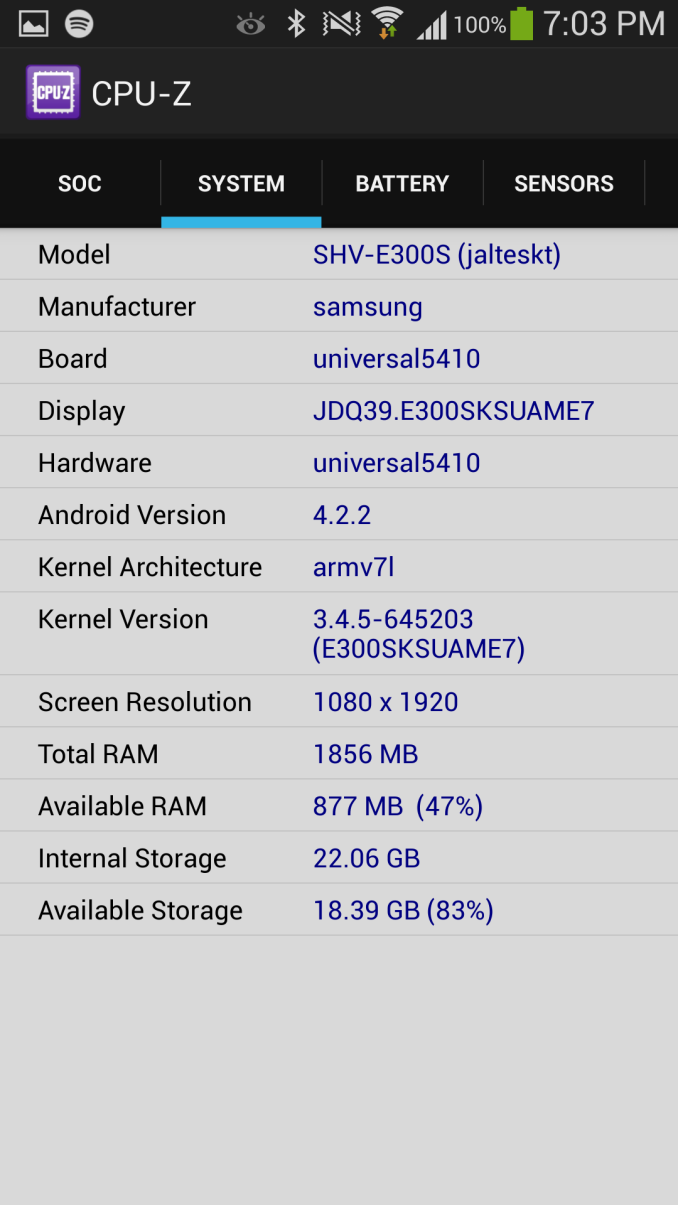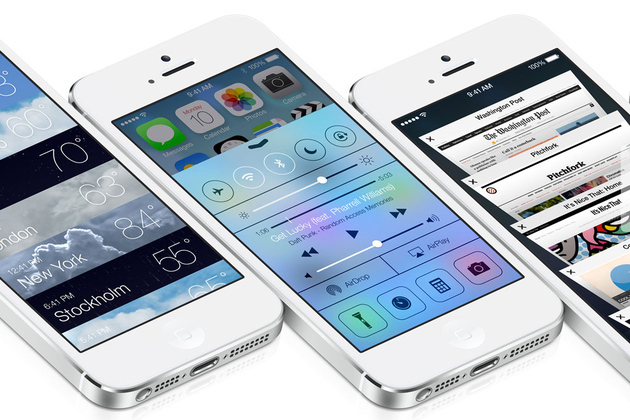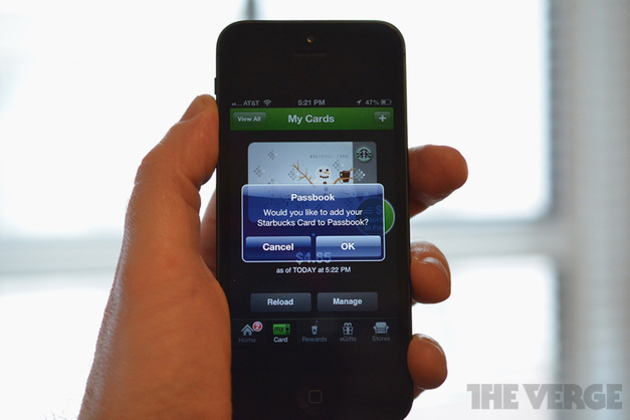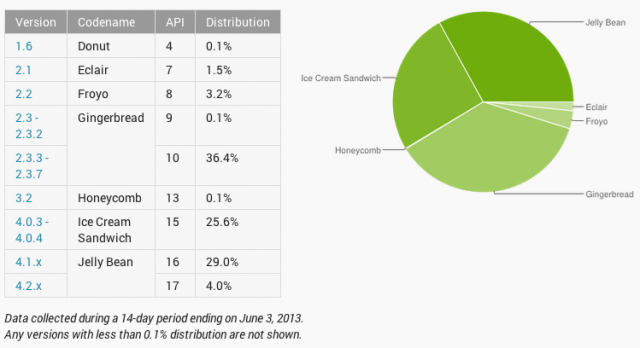Our stuff often says a lot about us, whether we own a hybrid car or a station wagon, a MacBook Pro or an ancient desktop. And this is no less true of our smart phones, sold on a sharply divided market between iPhones, Androids, and Blackberries.
Among other things, cell phone brands say something about socio-economics – it takes a lot of money to buy a new iPhone 5 (and even more money to keep up with the latest models that come out faster than plan upgrades do). Consider, then, this map of Washington, D.C., which uses geolocated tweets, and the cell phone metadata attached to them, to illustrate who in town is using iPhones (red dots) and who's using Androids (green dots):

That picture comes from a new series of navigable maps visualizing some three billion global, geotagged tweets sent since September of 2011, developed by Gnip, MapBox and dataviz guru Eric Fischer.* They've converted all of that data from the Twitter firehose (this is just a small fraction of all tweets, most of which have no geolocation data) into a series of maps illustrating worldwide patterns in language and device use, as well as between people who appear to be tourists and locals in any given city.
The locals and tourists map scales up a beautiful earlier project from Fischer. You could kill a few hours playing with all of these tools, built on the same dataset. But we particularly liked looking at the geography of smart phone devices. As in Washington, above, iPhones are often more prominent in upper-income parts of cities (and central business districts), while Androids appear to be the dominant device in lower-income areas.
These maps are also a blank canvas with nothing on them other than tweets. To the extent that you can easily make out the Washington Beltway above, or plenty of other roadway networks throughout the rest of these maps, that means people are tweeting while driving (or, preferably, sitting in the passenger seat).
Here is New York City, which has a smattering of Blackberries in Manhattan (yes, it's possible to tweet from a Blackberry). That green patch to the left is Newark:

Here is Chicago:

And Houston:

Atlanta:

Los Angeles:

And one place that really loves Blackberries? Jakarta.

Correction: This article initially misspelled Eric Fischer's name.
All images courtesy of MapBox, Gnip and Eric Fischer.

